While the affiliate marketing world keeps bloating ($17 billion and counting worldwide in 2024), AI ads are rewriting the whole affiliates’ playbook for how ads get made.
Almost 80% of affiliate marketers say they're already letting robots do the heavy lifting (content, SEO, creative, etc). And even more so, marketers are reporting up to 30% better campaigns performance when using AI optimization.
It’s easy to assume that by next year, most digital marketing will be AI-powered, whether we like it or not. But don’t worry, this guide will help you to find your new edge.
Key Takeaways
Almost 8 out of 10 affiliate marketers use AI for content, SEO, or campaigns, because manual repetitive actions are dead weight.
Teams using AI ads generator tools can get campaigns out the door in minutes, not weeks. Marketers report up to 30% improvements in lead generation and content production speed when they go full-AI.
Predictive analytics and AI-driven personalization mean your ad hits the right people at the right time.
Most marketers end up combining tools: one for the headlines, another for images, a third for tweaking, and probably a fourth just for the data nerding.
But, AI won't save you from your own taste. Human oversight is still required for compliance, tone, and basic common sense.
What is AI in Affiliate Marketing?
AI ads in affiliate marketing basically mean feeding your work to gen AI so that the robots can take over the annoying parts, research, content writing, creative, bidding, and real-time data analysis. Instead of hunting for the "magic" keyword or arguing with Photoshop, you type some prompts, the AI ads generator spits out options, then you just pick, tweak, and launch.
This way, affiliate marketers focus on strategy and campaign planning while AI kind of acts as a thankless intern that oddly never needs coffee breaks, words of encouragement or vacations.
And with the expanding variety of tools effective automation in affiliate marketing has become essential for staying competitive.
How is AI Used in Affiliate Marketing?
While any marker can always think of their own unique way to use AI in their work, the most common scenarios are the following:
Chatbots & AI Assistants
More affiliate marketers are putting chatbots or AI assistants directly on site. Imagine having your own digital sales rep to answer questions, work with objections, and maybe even upsell at 3am, all while you're asleep. Chatbots can handle everything from FAQs to product matching, and they never roll their eyes.
Speech Recognition and Voice Search
With Alexa, Siri, and Google listening in, about a fifth of global internet traffic is happening via voice. AI tools now optimize content so it suits these natural queries (and yes, they also make audio ads and voice-responsive promos).
Affiliates might want to adapt their content for people shouting at their phones or fridge. A few years ago it might have seemed absurd, but these days might be worth a try to experiment with it more.
Predictive Analytics
No, it's not magic. With enough data, AI models can basically forecast what your audience will buy, when they'll buy, and how you should reach them. This can mean picking products, adjusting budgets in real time, and rewriting ads to target segments that are "warming up."
Usually, that means more sales, or at the very least clear guidelines on what not to do next time. Understanding key affiliate marketing indicators helps marketers measure the success of their campaigns.
SEO Optimization
Writing endless blog posts and product roundups used to be pure drudgery. Now, AI writing tools suggest keywords, draft content, optimize for search, even recommend headlines.
If you're an affiliate, you know that getting content ranked means getting clicks, which (sometimes) equals money. Nearly 8 in 10 affiliates use these tools for exactly that, pumping out more relevant content with less work.
Ad Targeting & Automated Bidding
Facebook, Google, and other big platforms already bake AI into their ad tech. You push in your conversion data, the algorithms tweak targeting and bids for you. AI for Google Ads has become particularly sophisticated, with Smart Bidding and automated optimization features.
Or you get a third-party AI tool, hand it all your stats, and watch while it rebalances budget, pauses losers, and tells you what might actually convert.
We're well past the era of "set and forget." The data is always shifting, and now you actually have a shot at keeping pace. How should marketers use AI-powered search ads to accomplish their business goals? By leveraging machine learning to optimize bids, target the right audiences, and automatically adjust campaigns based on performance data.
Automated Ad Creative Generation
Another way of using AI for affiliates is for creating new images, banners, videos, or ad copy on a whim. The most simple way to play with it is to tell the AI chatbot of your choice about your product and offer, describe your tone, and seconds later you've got a dozen options and ideas, often as good as a human on their best day.
This means you can crank out variants, try new angles, and dodge "ad fatigue" before your audience even gets bored. Creative ads AI tools are revolutionizing how marketers approach visual content creation, making professional-quality designs accessible to everyone. Now let’s focus on this use case in greater detail.
How to Generate AI Ads for Affiliate Marketing?
You've now been warned: going AI makes your workflow very different. When applied to specific niches, such as using AI in dating campaigns, these techniques can bring particularly impressive results. So, without further ado, here's how to approach your next ad campaign.
1. Choose an AI-Powered Tool
The good news is there's a tool for every job, bad news is there's probably hundreds of them. Most affiliates end up using several for different bits and pieces. Here's a just a tip-of-the-iceberg breakdown of what's out there (pricing information is accurate at the moment of writing this guide):
AI Copywriters (working with text)
ChatGPT (has limited free version, paid starts from $20/month for Plus): for ad copy, headlines, product blurbs. Ubiquitous because it's flexible and talks back.
Jasper (starts at $49/month, has 7 days free trial): built for marketing, with templates for ads, emails, product reviews.
Copy.ai (has limited free version, paid version starts from $49/month): similar territory to Jasper, quick, punchy ad headlines, slogans, sales angles readily churned out.
AI Image & Creative Tools (working with visuals)
Midjourney ($10+/month): staggering image quality, lots of creative control, great for original banner concepts or stunning visuals.
DALL·E 3 (included in the $20 ChatGPT Plus plan (no extra fee)): prompt-based images, handy for one-offs or quick campaign variations.
AdCreative.ai (from $39/month, 7-day trial): focused on banner creation and prediction of performance, makes lots of variants fast.
Admaker by Picsart (freemium with 5 credits per month, premium features extra and starts with $13 per month): templates and auto-designed banners for all main ad sizes.
Creatopy (free 7 days trial, plans from $45/month): graphic design for banners/social posts, decent templates, AI enhancements.
Cropink (features free plan, paid plans start from $49/month): connects to your store, auto-generates product/offer ads with up-to-date inventory and prices.
AI Video Ad Tools
Veo 3 (Google DeepMind) (1 month free trial, $19.99 per month for limited access in Google AI pro, or if you actually need to get some work done you’ll have to shell out for Ultra plan at $249.99 per month): high-definition, text-to-video generation with extended length and movement control. Good for polished short-form and lifestyle ads. And it has the sound too.
Sora (OpenAI) (limited access to Sora is included in the $20 ChatGPT Plus plan, extended access in Pro plan for $200/month): text-to-short-video, good for product promos or basic motion graphics.
QuickAds ($1 trial, otherwise $79/month for a starter plan): fast marketing video generator with automated voiceover and music.
Predis.ai (limited free with 8 download credits, paid plans start from $39/month): churns out video/image creative in minutes and can post straight to your social accounts.
AI video ads are becoming increasingly sophisticated, allowing marketers to create compelling video content without expensive production costs or technical expertise.
Here’s an expert insight from Emanuel Cinca, super-affiliate and creator of Stacked Marketer: "Using AI for creatives is not necessarily about making the creative perform better, but it's to make it perform at least as good, but then give you the ability to test much more. So test way more angles, test way more hooks... AI lets you create more of those to test more frequently and easier."
Speed and efficiency are game-changers according to Cinca's experience:"It used to be that you had to go to Fiverr, make a list of 10 creators within your budget and have $500 to $1,000 to pay to make your 10 to 20 ads to test. Wait around three to seven days...
Now with AI, if you have your prompt, you can do all the ads within like one or two days. And it costs you the subscription for the model that you're using, which are all like, at the most extreme case, is $500 but generally way less per month.
So on average, for 25% of the price you have double the videos… It's an improvement in both ways. More volume and cheaper price."
2. Collect References for the AI
You wouldn't hand a designer a blank sheet, same as with AI ads generator tools. Every AI ad generator needs some actual context to work from. So, you have to gather product details, previous high-performing ads (even if they're from your competitors, nobody's checking), screenshots, customer testimonials, and maybe a quick rundown of the audience.
References actually matter. Dumping vague info into an AI ads generator brings you generic, soulless ads that look like half the spam in your junk folder.
Specifics that you would give to any human creator are your secret sauce: what's the pain point? What's unique about this product? What sort of buyer gets itchy trigger fingers over this category? Load up these details into your AI, and suddenly your headline isn't just "Best Deal," but something that stands up.
3. Load Prompts and Brand Guardrails
Building up on top of what has been said above, the idea is to actually tell the AI what kind of output you want. Don't just command: "Write an ad." Even a bored intern needs more to go on. Your prompts might include things like:
Intended audience. ("Write as if talking to first-time dog owners who hate cleaning up after their pets.").
The offer. (20% off, buy one get one free, or whatever you're running right now.)
Voice and tone. ("Sarcastic but hopeful," "direct and urgent," or "earnest, a touch cynical.").
Must-have language and big NOs. Words or phrases that can't appear for legal, compliance, or brand sanity reasons.
Format and platform. Instagram image ad vs. longform blog copy. Short sentences for mobile, or long descriptions for email.
Some tools and bigger affiliate teams load up "brand guardrails", that keep the AI on brand, away from compliance missteps, and make sure, for example, that it doesn't promise supernatural weight loss results or start "reimagining" your brand mascot with tentacles it doesn’t have.
Pro video ads prompt optimization tip from Emanuel Cinca:"The better you are at talking filmmaking and video creation language, the better you can make your prompts.
The issue is most people are not so good at that... What we do, the workaround is to ask the text-based AI. Hey, I want to create this kind of video, but please give me a prompt that [video AI tool] would understand. So make sure that it includes all of those important camera movements, panning, zooming, lens flare."
Here’s an example of the prompt he used to create one of the creatives for promoting Stacked Marketer:
And here’s the output video generated Veo 3: https://cm.stackedmarketer.com/t/j-l-whydlty-l-d/
Unlimited creative testing becomes possible with AI, as Cinca explains: "Should you test the person that talks in your ad? Different appearances? You have unlimited choices with the appearances if you use AI versus if you have to hire a person every time for a different appearance.
Super difficult, right? You run out of money very quickly... But with AI, you can do that fairly simply."
Exactly what you feed it depends on your industry, priorities, and whether you enjoy customer service headaches. If in doubt, load your best (and worst) old ads as examples so the AI knows what "good" looks like for you.
4. Generate a Wide Creative Set
It's painfully tempting to settle for the first few AI-generated ads the AI gives you, but don't. Push for volume here, ask for ten, twenty, or even fifty variants. (It feels greedy. It's not.)
You want lots of different hooks, styles, color or image types, so you can spot which ones cut through the endless sludge in affiliate ad feeds.
A/B testing only works if you have genuine choices. Plus, the bad ideas will usually make the winners look even sharper (or give you a laugh while sorting through the mess, which helps).
The wider your creative net, the faster you'll learn what hits. Sometimes, the ad that looked strange at first glance ends up printing money.
So, keep clicking "regenerate" until you've got a pile of options, then slice that down to your faves with a very sharp, very skeptical eye (and yes, sometimes a coin flip).
5. Launch Tests
Split test your new creative against old winners and real audience segments. Most affiliate networks or ad platforms (think Meta, Google, TikTok) let you load up multiple creative sets, then they'll optimize towards what's getting results.
Don't only trust AI's "virality scores" (some tools promise to tell you what’s going to work), put every new batch into the wild and get actual numbers. Sometimes an ad the tool flagged as "average" will outperform your "perfect" ones by 200%. Nobody has ever predicted viral winners in advance, at least not consistently.
Emanuel Cinca, offers the following smart testing methodology: "Create many ads variations to test your script. And then if you have a good performing script, then you go to Fiverr or Upwork and hire an actual creator to do that same script. But do it in their way, making sure that it's completely human. But then you're going with a very proven script. You're not experimenting anymore."
Collect results. Feed those back into your AI tools or human creator if you can, along with clear notes about what flopped or what got clicks. The cycle doesn't really stop, every round makes your next set sharper and more likely to get clicks that are, you know, human.
Summary
There's not much secret sauce left in affiliate marketing that isn't at least half-AI these days. It now handles the writing, the pictures, the targeting, even the bid-shifting, leaving you to do the watching, tweaking, and the occasional panic.
If you're not tossing your campaigns at the machines, you're probably working ten times harder for about the same money (or less). AI-powered ads don't always spit out gold, but they get close, and sometimes even stumble on real winners.
You need to guide these tools with sharp, clear prompts, be ruthless about references, and then let the system run until the data calls you back in.
And if it's not working? Swap ad creatives for the next batch. That's true affiliate grind: stubborn, technical, sometimes disastrous. And with AI, it seems to be getting even less boring.


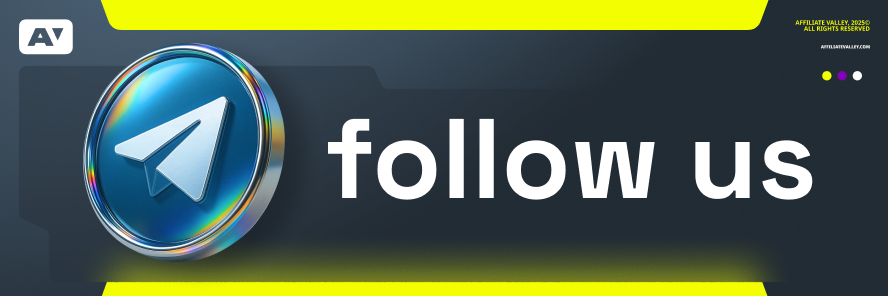
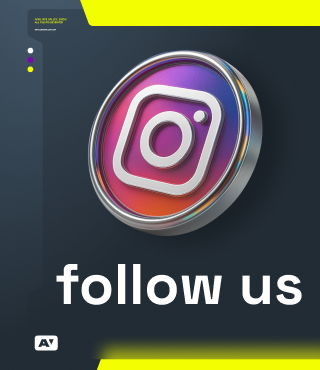



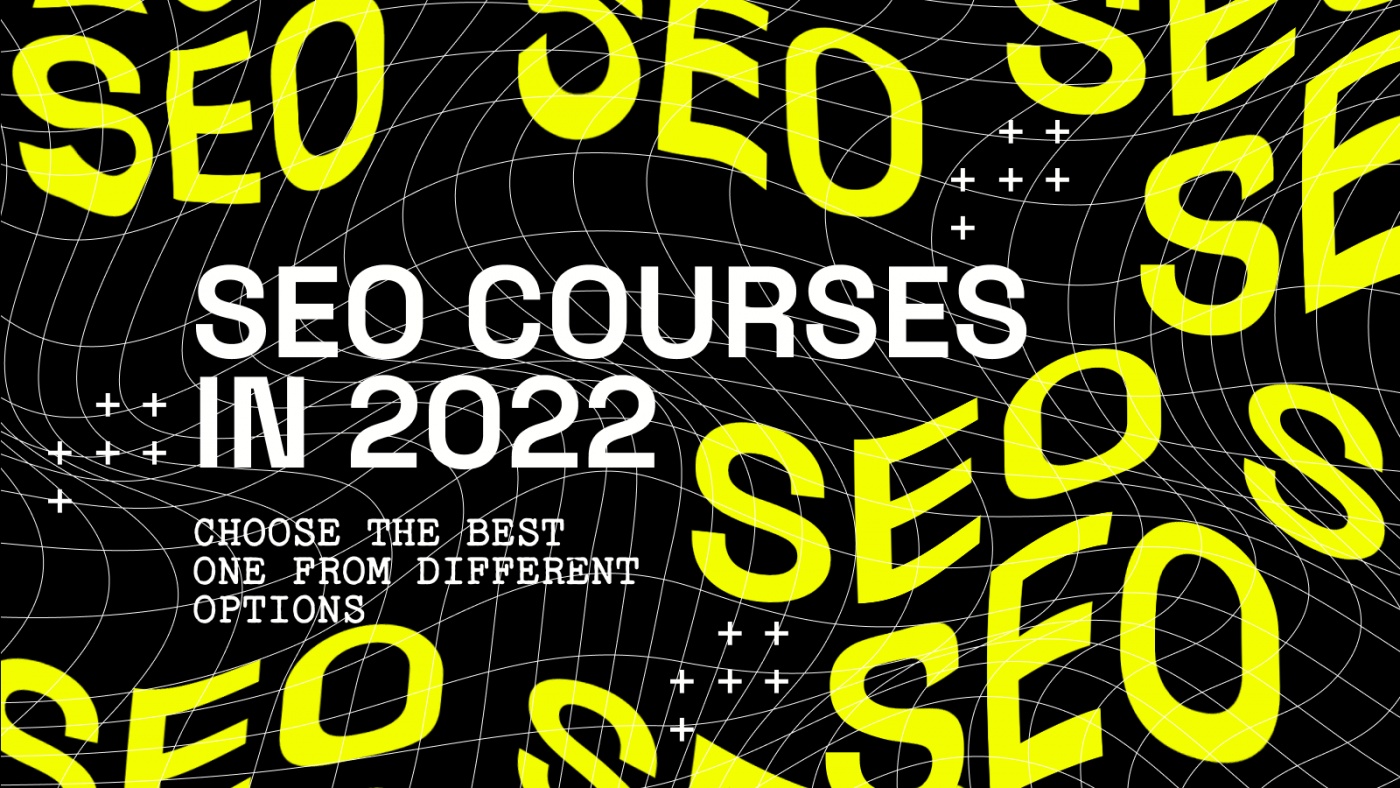
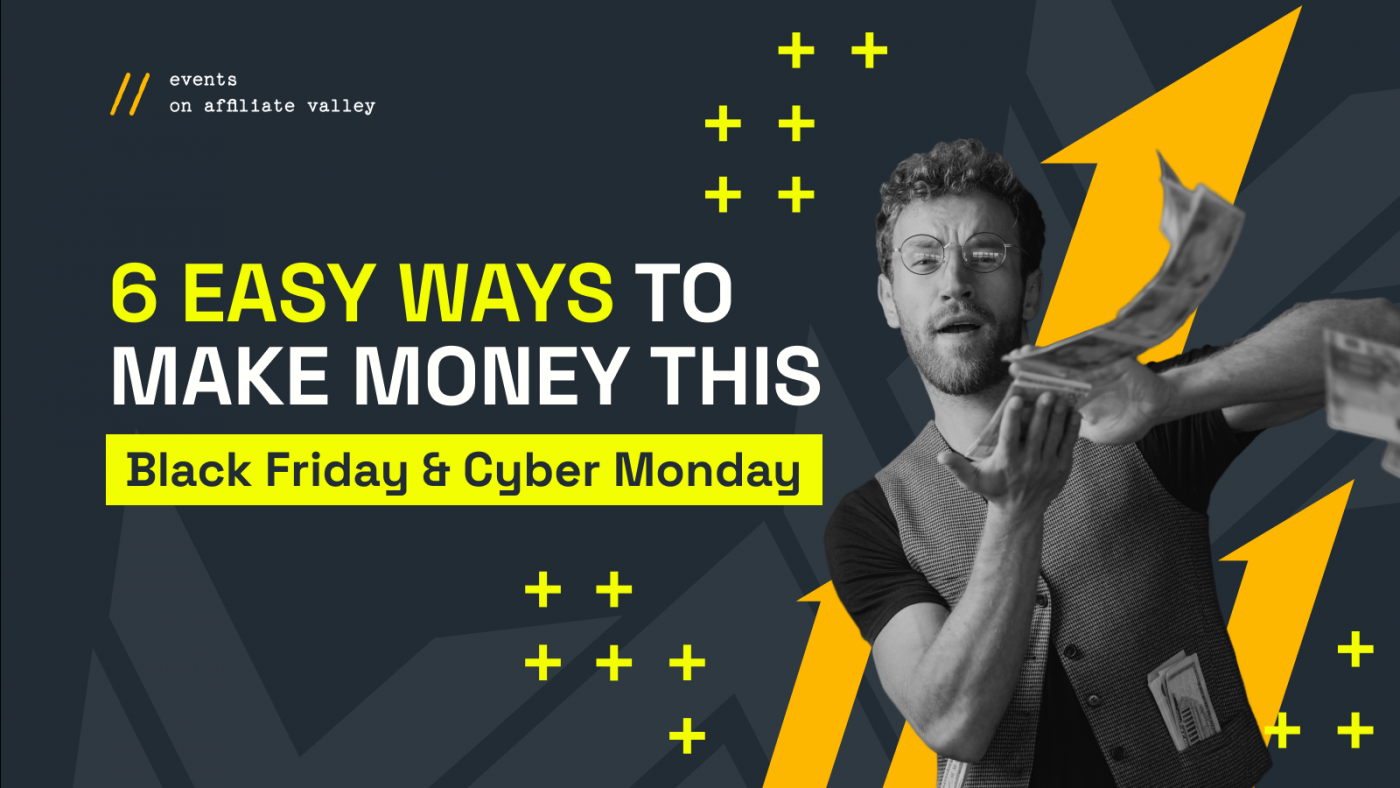
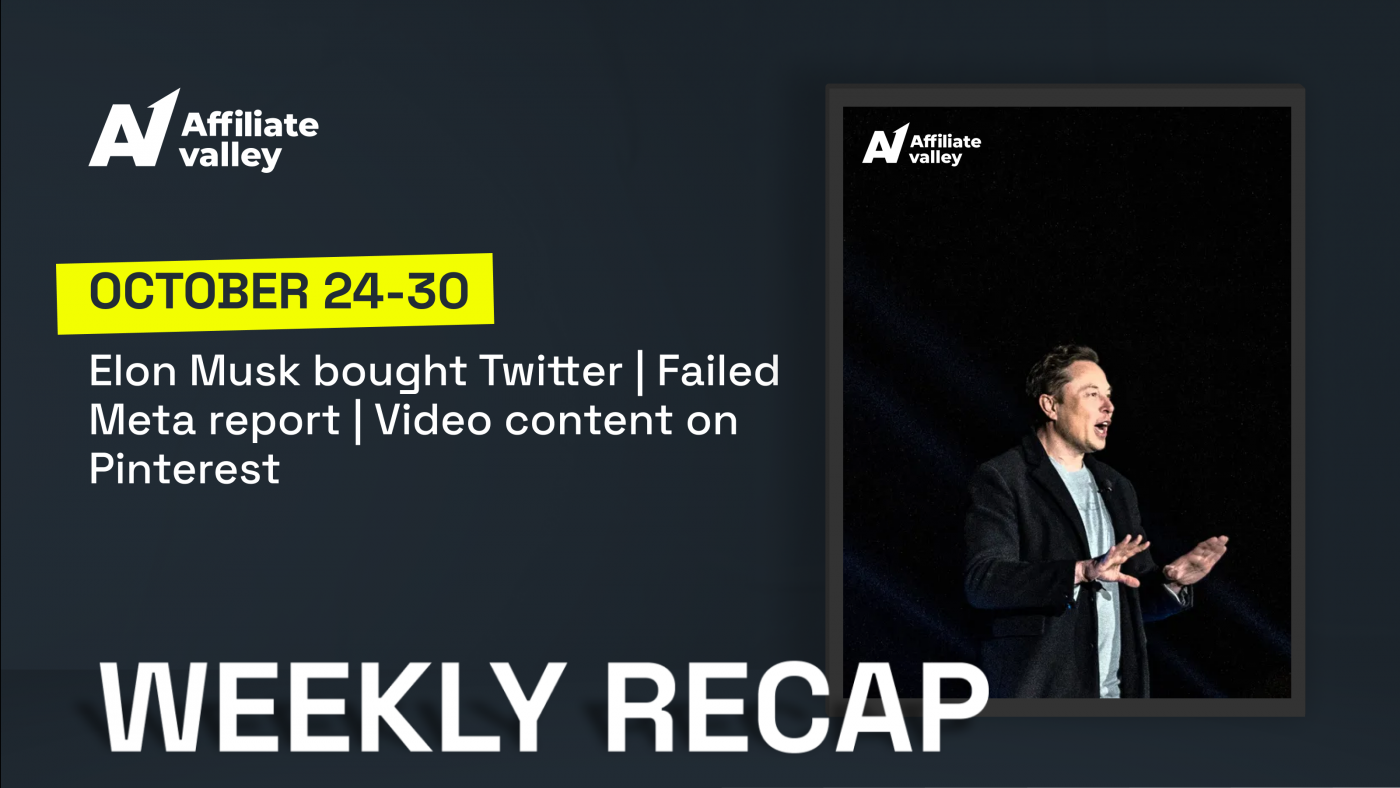
No comments yet. Be the first!